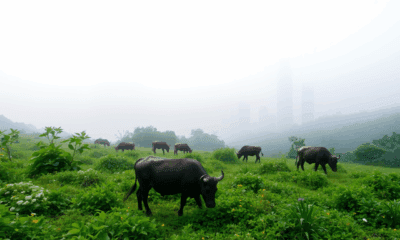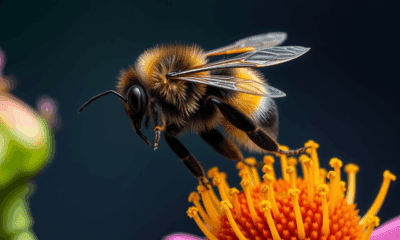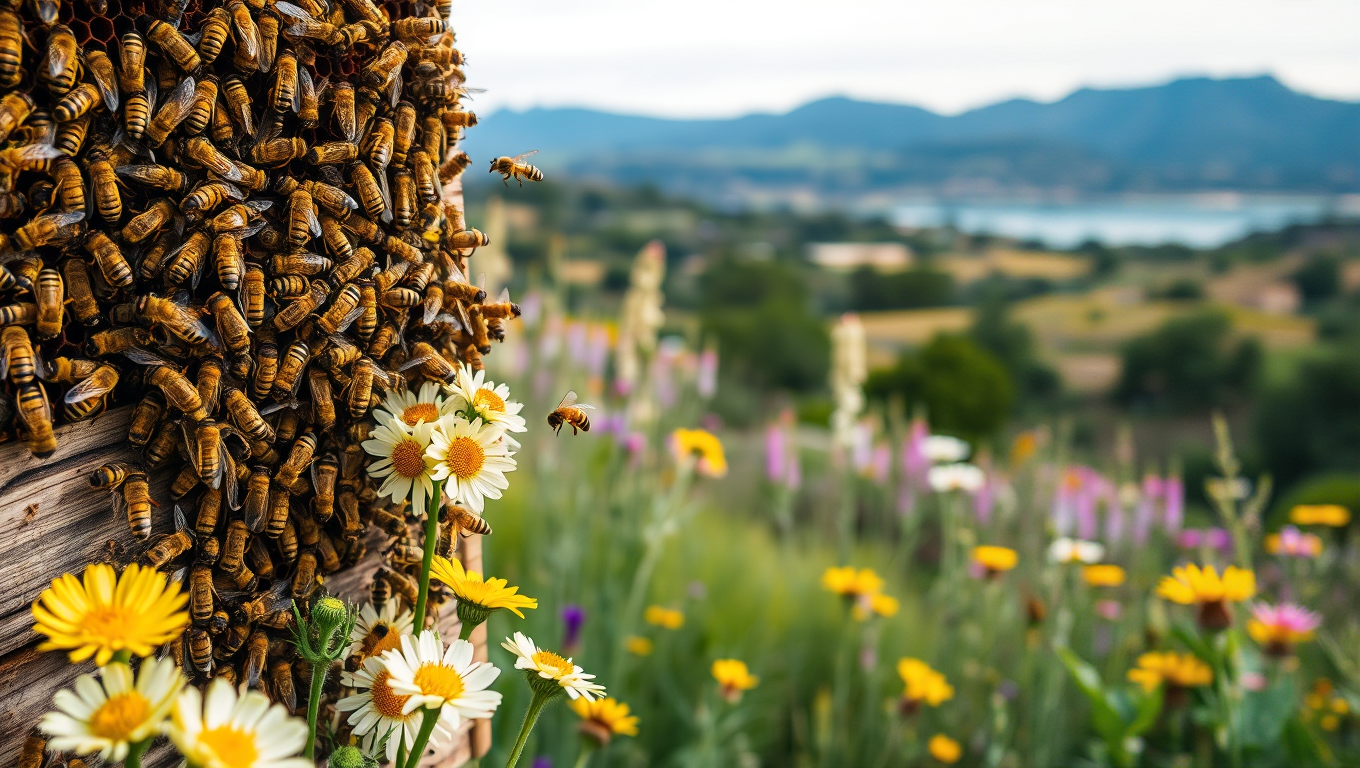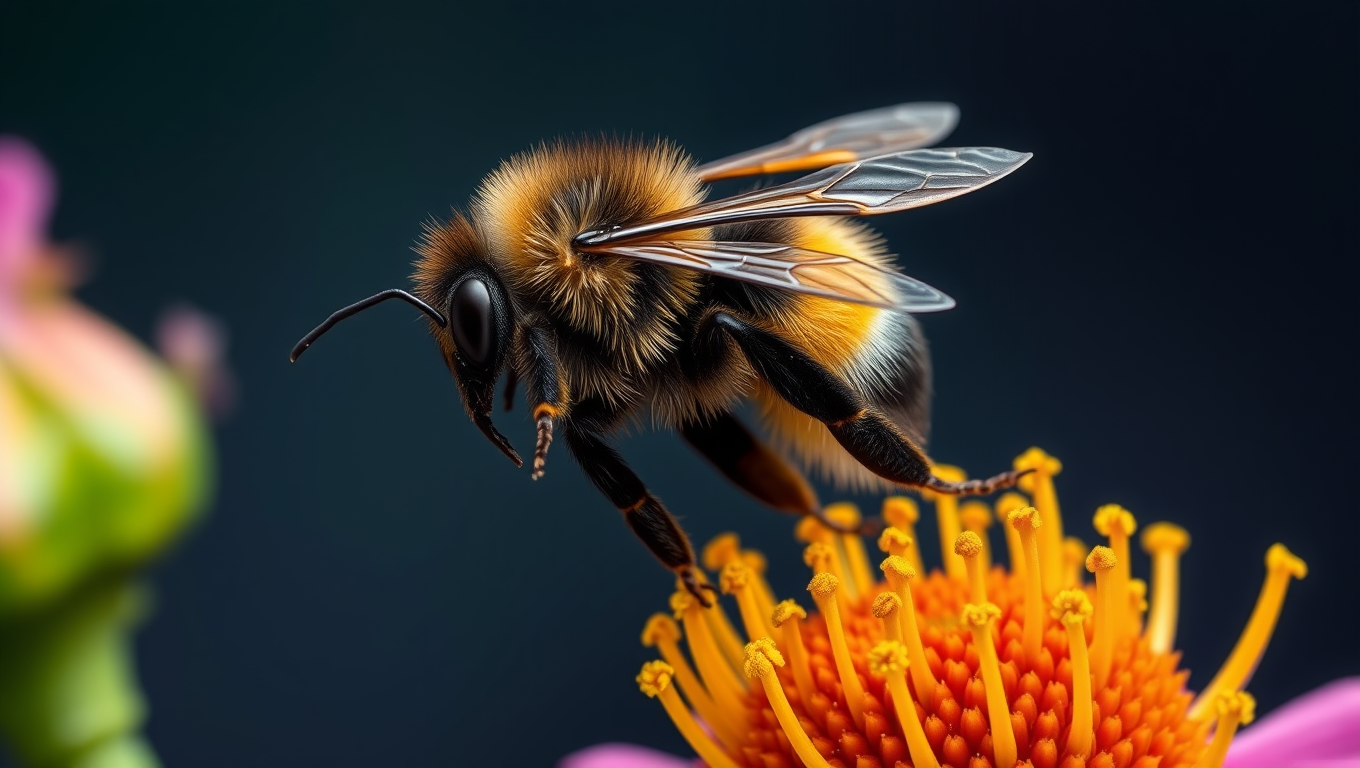While we try to keep things accurate, this content is part of an ongoing experiment and may not always be reliable.
Please double-check important details — we’re not responsible for how the information is used.
Air Quality
Colombia’s Hidden Carbon Guardians: The Crucial Role of Peatlands in Fighting Climate Change
Researchers conducted three years of extensive fieldwork to develop the first data-driven map of both newly documented and predicted peatlands across Colombia’s eastern lowlands.

Air Quality
The Hidden Threat: How Feral Honey Bees Are Displacing Native Bees in Southern California
Feral honey bees, once celebrated for their agricultural value, are now threatening native ecosystems in Southern California by monopolizing pollen sources and overwhelming native pollinators. A new study reveals they remove up to 80% of pollen in a single day, severely disrupting food sources for over 700 species of native bees. Despite their benefits to agriculture, these invasive bees dominate nearly all bee biomass in the region and even produce lower-quality offspring when pollinating native plants. The findings urge conservationists to rethink beekeeping practices, especially near threatened bee populations and natural preserves.
Air Quality
The Buzz on Bees: How Environmental Change Affects Their Communication and Pollination Abilities
High heat and heavy metals dampen a bumblebee’s trademark buzz, threatening pollen release and colony chatter. Tiny sensors captured up-to-400-hertz tremors that falter under environmental stress, raising alarms for ecosystems and sparking ideas for pollination robots.
Air Quality
The Fig Trees That Fight Climate Change: A Revolutionary Carbon-Sequestering Mechanism
Kenyan fig trees can literally turn parts of themselves to stone, using microbes to convert internal crystals into limestone-like deposits that lock away carbon, sweeten surrounding soils, and still yield fruit—hinting at a delicious new weapon in the climate-change arsenal.
-

 Detectors3 months ago
Detectors3 months agoA New Horizon for Vision: How Gold Nanoparticles May Restore People’s Sight
-

 Earth & Climate4 months ago
Earth & Climate4 months agoRetiring Abroad Can Be Lonely Business
-

 Cancer4 months ago
Cancer4 months agoRevolutionizing Quantum Communication: Direct Connections Between Multiple Processors
-

 Agriculture and Food4 months ago
Agriculture and Food4 months ago“A Sustainable Solution: Researchers Create Hybrid Cheese with 25% Pea Protein”
-

 Diseases and Conditions4 months ago
Diseases and Conditions4 months agoReducing Falls Among Elderly Women with Polypharmacy through Exercise Intervention
-

 Chemistry3 months ago
Chemistry3 months ago“Unveiling Hidden Patterns: A New Twist on Interference Phenomena”
-

 Albert Einstein4 months ago
Albert Einstein4 months agoHarnessing Water Waves: A Breakthrough in Controlling Floating Objects
-

 Earth & Climate4 months ago
Earth & Climate4 months agoHousehold Electricity Three Times More Expensive Than Upcoming ‘Eco-Friendly’ Aviation E-Fuels, Study Reveals





























